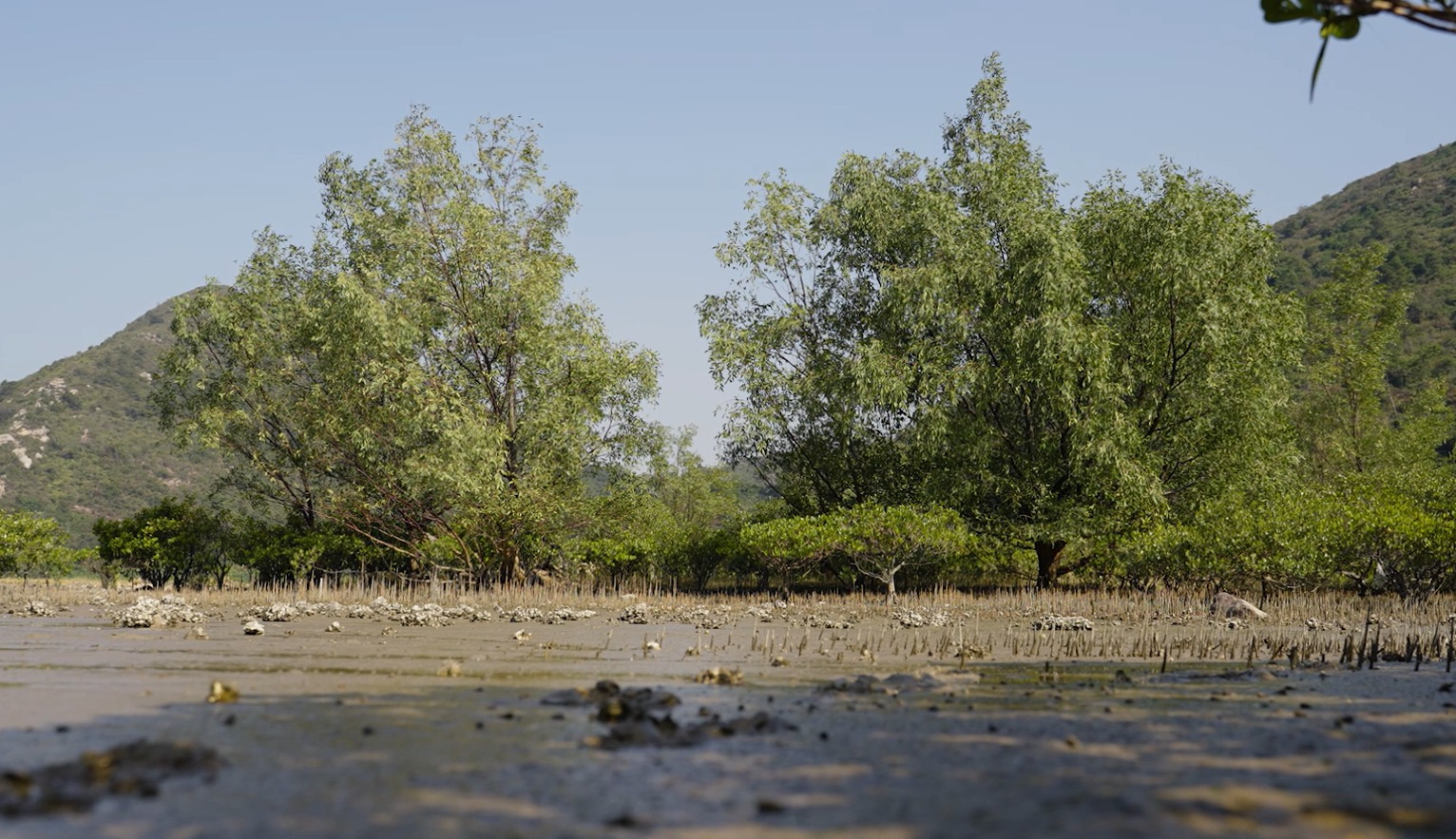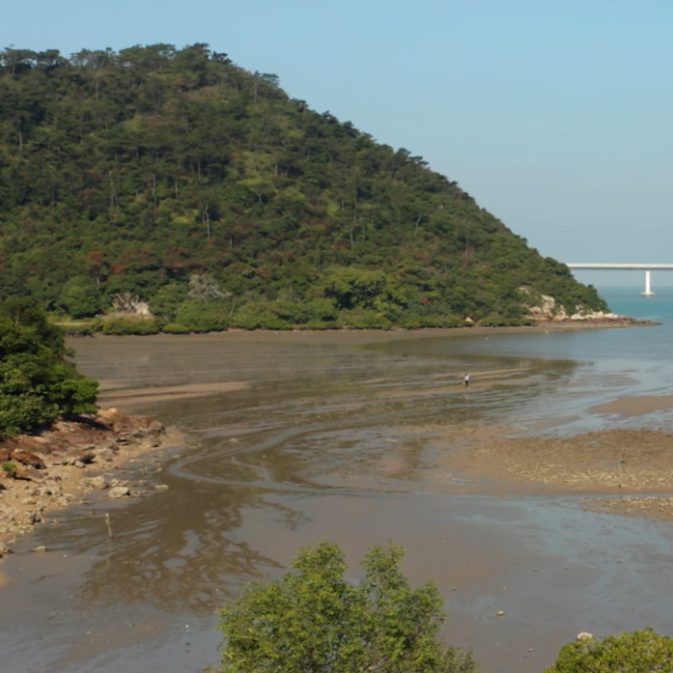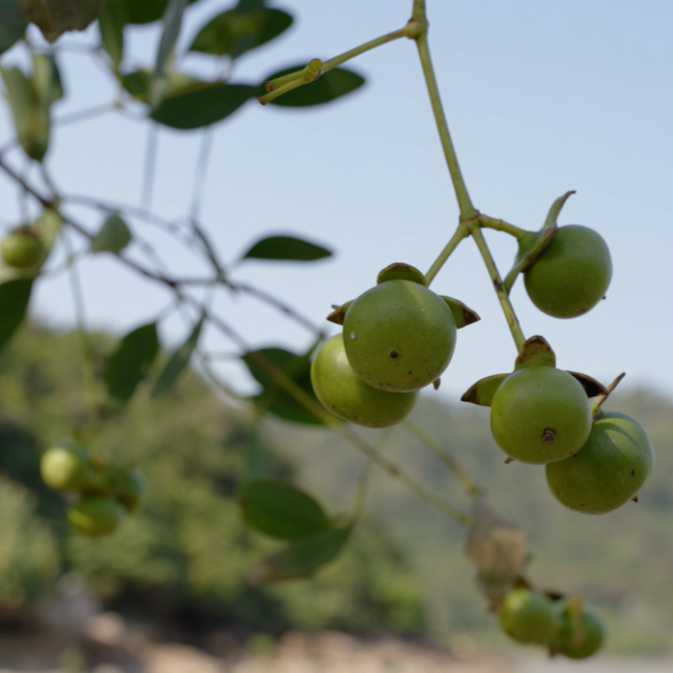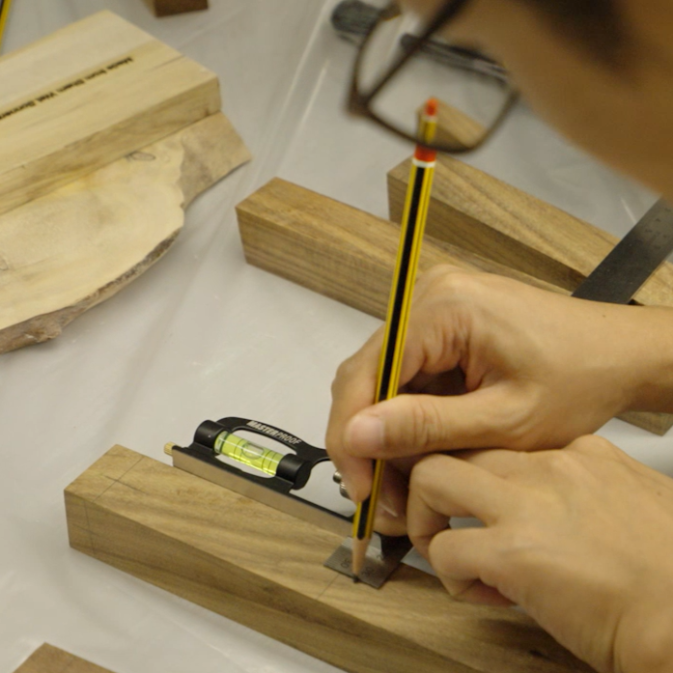Wetland Conservation > Coastal Habitat Enhancement cum Education Project at Sham Wat

| Project Summary | Sonneratia mangrove managment |
| Research Result | Event Highlights |
In the early 2000s, the exotic mangroves Sonneratia were spotted in Deep Bay. They gradually spread to different places in Hong Kong, including several mudflats on Lantau Island. In the Hong Kong Biodiversity Strategy and Action Plan (2016-21), Sonneratia is considered an invasive alien species (IAS) in Hong Kong. They have well-developed roots and a rapid growth rate and can take only several years to grow into a dense population. Their known potential negative impacts include blocking sunlight from reaching native mangrove species, thereby affecting their growth. Moreover, they occupy the foraging ground of waterbirds and the living spaces of epifauna on the mudflats. Therefore, it is necessary to manage and control invasive species with methods like prevention, monitoring, research, and removal.
In 2022, over 200 Sonneratia apetala were recorded in Sham Wat. In view of the invasiveness and potential impact of Sonneratia on local mangrove habitat, the Civil Engineering and Development Department’s Sustainable Lantau Office commissioned us to launch the “Coastal Habitat Enhancement cum Education Project at Sham Wat” in late 2022 to improve the coastal habitats in the area. We have conducted various studies on the ecological impact of Sonneratia apetala on the local ecosystem, such as vegetation survey, mangrove wildlife survey, native mangrove growth study, etc. We also organised public education and participation activities, including a seminar to explain to the public the background information on invasive plants, the situation in Hong Kong and their management in December 2022. Then, in January 2023, we had 2 days of Sonneratia removal activities with about 50 participants in total to eradicate the Sonneratia in Sham Wat together. Some of the Sonneratia trees cut down were made into wooden chairs, so they might live on in a new form. We also hosted beach cleaning events as part of the programme to improve the living conditions of mangroves in Sham Wat. We hope to bring more attention to the influence of Sonneratia sp. on local mangrove ecosystems, the management work done on the invasive species and, more importantly, allow the public to participate in the conservation of local mangrove forests in person.





